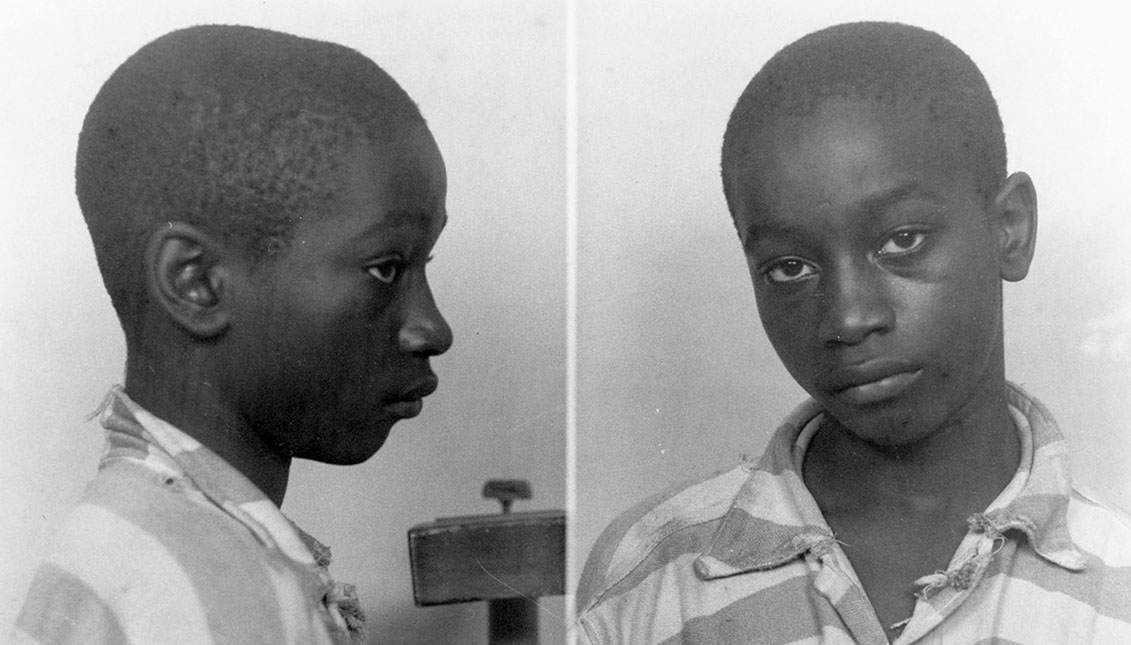
The case of George Junius Stinney Jr. 76 years later, have we learned?
He was condemned to die in the electric chair at the age of 14 on June 16, 1944. His sin: being African-American in South Carolina.
No shame, no glory. So unnoticed passed a sentence that could have been historic and it came too late: In December 2014, South Carolina judge Carmen Tevis Mullen ruled that the youngest person on death row in the 20th century, George Junious Stinney Jr, a 14-year-old African-American boy, was innocent of the charge of killing two white neighbors, ages 7 and 11.
After years of struggle, his family and a group of activists got the case reviewed, and the judge concluded that the original trial on June 16, 1944, had been anything but fair, since George's jury was once composed solely of white men - in 1944 only whites be on them in South Carolina. The trial lasted two and a half hours and the only evidence used to convict him was that he was the last person seen talking to Mary Emma Thames and Betty June Binnicker before both of their bodies were found with their skulls smashed in by blows from an iron bar.
There is another detail that is just as, if not more, chilling: the only key witness, George's sister, had to flee from the town under threat of lynching.
It all began on March 23, when the two neighbors cycled across the train track to the neighborhoods where the colored people lived and stopped in front of Stinneys' house to ask George and his sister Amie where they could find a type of plant known as passion flowers that are used to make infusions.
At least that's what Amie explained when the trial was reopened, 70 years after George's death sentence to the electric chair. The boy couldn't do it, the sister said, she was with him when Thames and Binnicker lost their lives.
RELATED CONTENT
George was arrested because of the color of his skin. The trial was a farce, that much became clear in 2014, when the judge called it a "fundamental injustice" and the legal procedure unacceptable because of the string of irregularities that had occurred.
For example, the 10 jurors were chosen on the day of the trial and deliberated over the boy's guilt or innocence for 10 minutes. Also, of the six witnesses presented by the prosecution, three of them were the same police officers who had interrogated George Stinney in prison on the day he was arrested. The other prosecution witnesses were the forensic experts and the man who found the girls' bodies.
It was also later discovered that the defense attorney not only accepted George's guilt without lifting a finger, but also had political interests at a time when South Carolina was living through a very harsh apartheid and the Black community had no right, no voice, and no vote.
Today, when the United States is experiencing its own Arab Spring and remembers George Floyd, Breonna Taylor and so many other people of color who were the targets of systemic and racist violence, it is good to keep remembering. Because the present is full of gaps.











LEAVE A COMMENT: